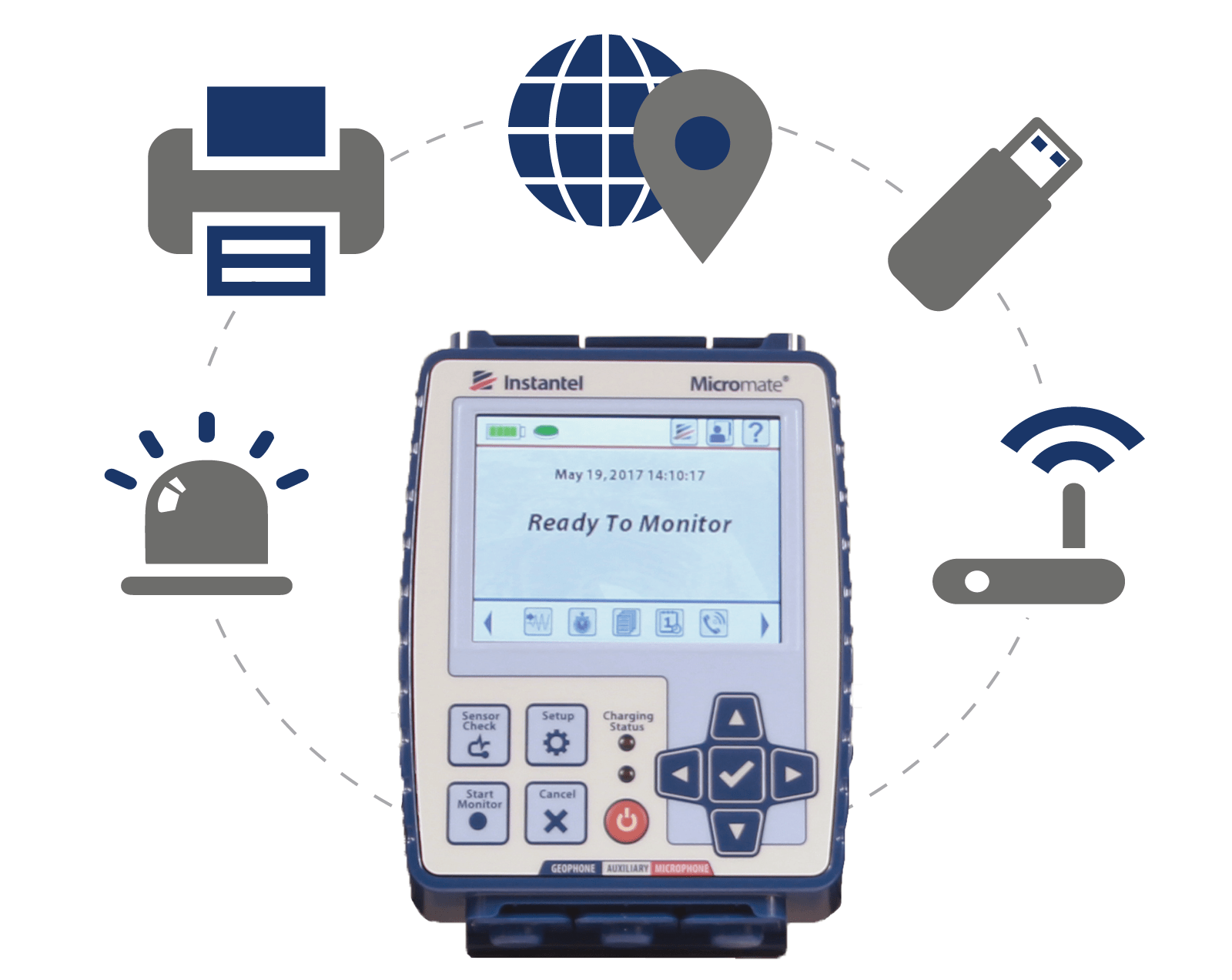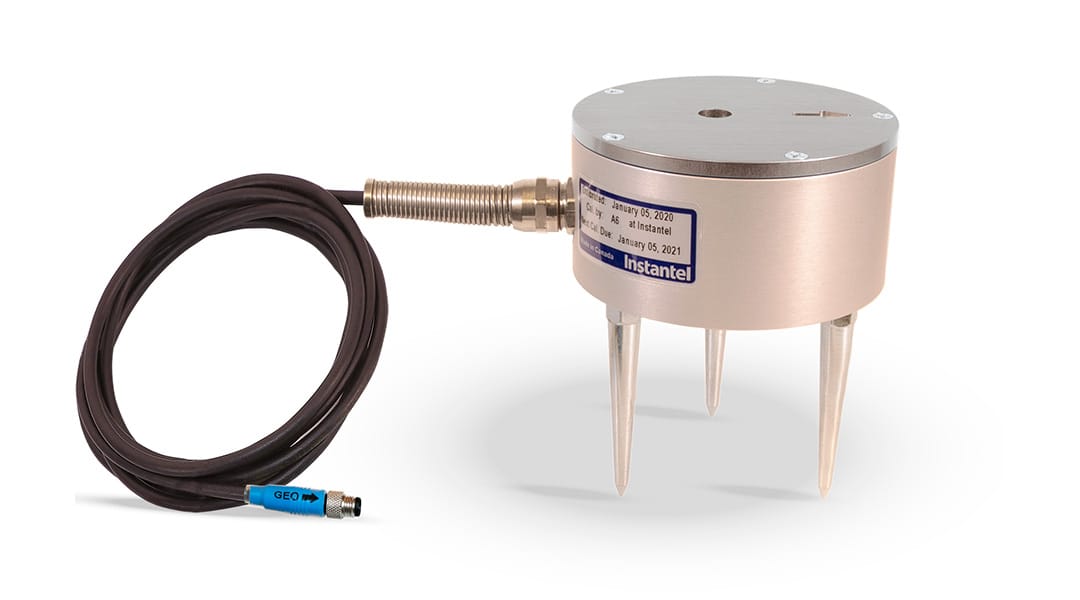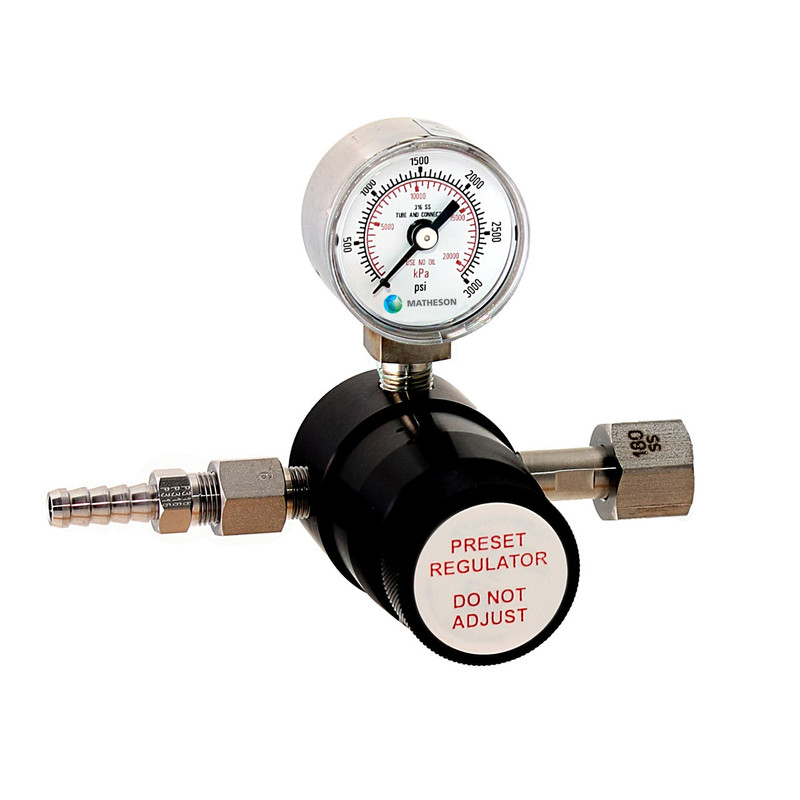

The PCR amplification involves melting the DNA strand at 94☌ for 1 min, annealing at 55☌ for 2.50 min, and amplification at 72☌ for 3 min. DNA fragments were amplified using Amplitaq DNA polymerase from Perkin Elmer Cetus (Norwalk, CT) on a thermal cycler with deoxynucleotides from Boehringer Mannheim. Oligonucleotides were synthesized on a PCR mate (Applied Biosystems, Foster City, CA). MTT and thrombin were purchased from Sigma (St. Glutathione-Sepharose 4B was purchased from Pharmacia Biotech. Plasmid pGEX-KG was purchased from the American Type Culture Collection (Manassas, VA). Low-melting point agarose (Sea Plaque) was obtained from FMC Corp. Escherichia coli DH5α competent cells were purchased from Life Technologies, Inc. (Gaithersburg, MD), Boehringer Mannheim (Indianapolis, IN), Pharmacia Biotech (Piscataway, NJ), or New England Biolabs (Beverly, MA). Restriction endonucleases and DNA-modifying enzymes were purchased from Life Technologies, Inc.

To direct therapy to a wide range of cancers, VEGF fused with the translocation and enzymatic domains of bacterial toxins may cause selective toxicity to the tumor vasculature. Such toxins thus have a potential use in specific tumor types only. For example, IL-2 fusion toxins target certain T-cell neoplasms (15). Cytokines and antibodies conjugated with translocation and enzymatic domains of bacterial toxins have been studied to target various cell types (14). High levels of VEGFR expression in the tumor vasculature thus provide a unique opportunity for tumor targeting with agents that kill cells (4). VEGFRs are expressed most abundantly in the tumor vasculature and less abundantly in the endothelium of resting blood vessels (10, 11). VEGF mitogenic activity appears to occur exclusively through VEGFR-2 (13). VEGF homodimers function by binding to two distinct cell surface receptor tyrosine kinases, flt-1/VEGFR-1 and KDR/flk-1/VEGFR-2 (referred to hereafter as VEGFR-1 and VEGFR-2), with the exception of VEGF 121, which binds selectively to VEGFR-2 (9, 10, 11, 12). VEGF 165 is the most abundantly expressed splice variant, and its binding to the cell surface receptor is induced by heparin sulfates, whereas VEGF 121 lacks a heparin binding domain (8, 9). VEGF 165 and VEGF 121 are secreted as soluble factors (7). VEGF 208 and VEGF 189 are secreted but remain bound to the extracellular matrix (7). VEGF mRNA by alternate splicing results in proteins of 208, 189, 165, or 121 amino acids in length (6). Antibodies against VEGF are able to suppress tumor growth in nude mice (5). VEGF 3 is among the major factors mediating tumor angiogenesis (4). Through concerted regulation, vascular smooth muscle cells then encase the newly formed blood vessels (3). Angiogenesis is a complex process in which endothelial cells undergo activation, proliferation, and migration through the extracellular matrix by dissolution and remodeling, followed by tube formation (1, 2).

Tumor growth beyond a few millimeters and metastasis are dependent on the induction of angiogenesis mediated by the release of angiogenic factors secreted by the tumor cells (1). Because nearly all tumors induce local angiogenesis with high VEGFR expression, VEGF-derived toxins may have wide application in cancer therapy. Furthermore, the fusion toxin substantially retards the growth of Kaposi’s sarcoma tumors in mice. These fusion proteins completely inhibit the basic fibroblast growth factor-induced growth of new blood vessels in the chick chorioallantoic membrane assay. The fusion protein is also active in Kaposi’s sarcoma, a tumor type that expresses high levels of VEGFRs. Both fusion proteins were found to be highly toxic to proliferating endothelial cells but not to vascular smooth muscle cells. Targeted toxins were developed by recombinant methods by fusing VEGF 165 or VEGF 121 to the diphtheria toxin (DT) translocation and enzymatic domain (DT 390-VEGF 165 or DT 390-VEGF 121). The present study was undertaken to target the VEGFRs. VEGF receptors (VEGFRs) flt-1/VEGFR-1 and Flk-1/KDR/VEGFR-2 are restricted to activated endothelial cells, with the highest expression being in the tumor vasculature. Tumor cells acquire such a phenotype by their ability to secrete angiogenic factors such as vascular endothelial growth factor (VEGF). Angiogenesis is a critical step in a benign tumor’s evolution toward malignancy and metastasis.


 0 kommentar(er)
0 kommentar(er)
